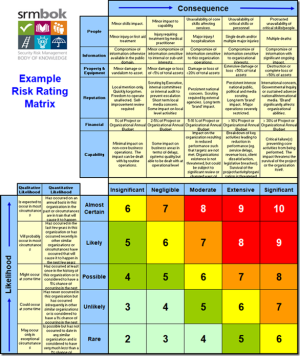 I was reading yesterday where someone is suggesting that culture is structure. Of course isn’t. Neither is culture just behaviours, values, systems, organising or beliefs. Culture is much more than all of these, combined.
I was reading yesterday where someone is suggesting that culture is structure. Of course isn’t. Neither is culture just behaviours, values, systems, organising or beliefs. Culture is much more than all of these, combined.
The reason why we read about such simplistic projections on culture in safety (including in the AIHS BoK on culture) is because such simple definitions are easy to sell and seductive to measurement. And if you can promise measurement then Safety is all on board.
Of course, all definitions are the outcome of a worldview and most of the time I read definitions about culture that are little more than frames for behaviourist, materialist or positivist worldviews.
If you look at the dominant schools in the safety industry (https://safetyrisk.net/a-great-comparison-of-risk-and-safety-schools-of-thought/) you can see why it suits each to define culture to suit the anthropological assumptions of each group. Simple, improve your structures, measure and modify behaviours, improve systems or set out new values and bingo, culture changed! God bless structuralism (https://en.wikipedia.org/wiki/Structuralism).
When we look at all these simplistic definitions it’s not so much about what is defined in but rather all that is left out. The classic behaviourist definition ‘what we do around here’ is a good example of where definitions take you.
I was talking to someone a few weeks ago who claimed to measure safe and unsafe behaviours (culture) in their organization. These measures were of course based around normalized Behaviour Based Safety (BBS) indicators that have been safety mythology for decades: eyes on task, frustration, rushing, complacency, mind not on task, line of fire, balance etc. and once these could be identified and measured they could be managed!
Of course, the next step in BBS is: once you know who is unsafe, what do you do about it? They are already branded by the assessment criteria as worthy of attention. They either require re-training, re-programming or the sack. And if these are learned behaviours over a long period of time and habits, good luck. After all, we have our safety slogan to empower action, ‘safety is a choice you make’.
This is where a behaviourist definition of culture takes you. Find the bad apples and fix them. A nice neat individualist strategy but completely delusional. How can one tackle the challenges of culture with an individualist strategy? Does no one join up those dots?
Every definition of safety and culture has such flaws. Culture and risk are wicked problems and can only be tackled effectively with a transdisciplinary (https://safetyrisk.net/transdisciplinary-thinking-in-risk-and-safety/) approach to culture. This would mean listening and sharing with worldviews with which you are unfamiliar.
There are several seductions that Safety falls for when it comes to culture:
- Culture is too hard to define so do nothing about it
- Culture is like climate so fix the climate with mindfulness or some other new age fad
- Culture is a single thing, so fix that thing
- No-one knows what culture is so pick a number
- If something can’t be measured, leave it alone you can’t fix what you can’t measure
- Culture is just complex but can be fixed, it just takes time to get to zero
- I’m sick of hearing about culture, just keep the paperwork in order
- Culture and resilience can be ‘engineered’ so call an engineer
- Culture needs policing so, call in the safety police
- Trust me, I’m a safety professional
Of course, the WHS curriculum makes no attempt to educate safety people in the basics of culture. If it does, it’s most likely to be the traditional behaviourist view. No wonder nothing changes.
If on the other hand one wished to at least ‘tackle’ the challenges then it would mean embracing other worldviews in a transdisciplinary approach.



bernardcorden says
Q. What is the difference between an Australian wedding and an Australian funeral?
A. There is one less drunk at an Australian funeral.